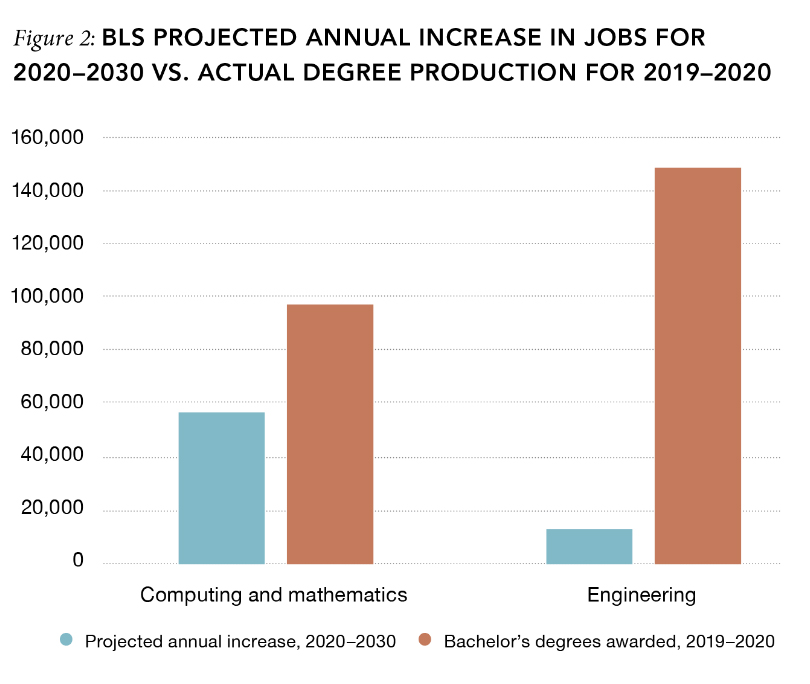Last week, we noted that two major organizations that are routinely neutral on immigration matters have published scholarly articles presenting the basic — and damaging — facts about foreign worker programs.
Today, we focus on the H-1B program for skilled workers and industry’s decades-long myth that there is a shortage of such workers, a position exposed by Howard University Professor Ron Hira.
In our earlier posting, we wrote about a paper by Dan Costa for the Economic Policy Institute that informed us that the U.S. Labor Department (a former employer of mine) routinely disregards massive wage-hour violations when making decisions about the H-2B foreign worker program — giving foreign workers to industries that over 21 years had been caught cheating workers out of $1.8 billion in wages. H-2B workers are unskilled, non-agricultural workers, such as those in construction, restaurants, and landscaping — while H-2As do farm work.
Hira’s article in Issues in Science and Technology is provocatively titled ”Is There Really a STEM Workforce Shortage?”, with STEM standing for science, technology, engineering, and math.
He makes the solid point that, in addition to industry hype on the “shortfall” of citizen and green card workers in the high-tech fields, the usually reliable Bureau of Labor Statistics (BLS) within the Department of Labor has been dramatically wrong in its forecast of the supply of high-tech workers. He writes:
The upshot is that BLS projections are highly unreliable for some occupations and should not, on their own, form a basis for assessing a forthcoming shortfall or making significant policy changes.
Perhaps the most vivid example for this is the difference in the BLS estimates for the annual increase for new engineering jobs, at about 15,000 a year in the 2020-2030 decade, and the American production of 140,000 new engineering grads, as shown in the figure below:

|
Now we need some of that difference — between 15,000 and 140,000 — to replace retiring workers, but this shows how badly BLS missed the boat in this case. The difference between the degrees awarded in computing and math (about 98,000) and annual job growth (about 58,000) was less dramatic, as the figure shows, but was in the same direction, with the Bureau underestimating the number of American workers available for those jobs. Some of the grads, of course, are from overseas, and many high-tech jobs do not demand a four-year degree in the subject.
Hira’s study also dealt with two other labor market variables: unemployment rates and wages.
He quoted an earlier statement by then Microsoft President Brad Smith that at one time the IT unemployment rate was 3.4 percent as opposed to the national rate of 4.0 percent; Hira regarded this as an apples and oranges comparison; one should expect a much higher rate for the nation as a whole than in a specific and largely prosperous industry.
As to wages — and H-1B-using industries are often criticized for hiring large numbers of foreign workers to reduce payments to workers – Hira writes:
The topic of compensation is noticeably absent from many discussions about the STEM workforce, even though it is arguably the most direct and important measure. In a market economy, as a 2001 National Academies of Sciences, Engineering, and Medicine study explains, “When demand exceeds supply in a particular occupation, compensation tends to rise relative to compensation in other occupations that require similar education, effort, and working conditions.” Simply put, when a shortage exists in an occupation, the relative earnings of those workers are expected to rise. Yet recent data show no such increases for many STEM jobs.
Over and above these obvious labor market measures, there is another factor that leads many H-1 employers, particularly those in the recruiting and programmer-rental business, to favor the foreign workers over domestic ones — the imbalance in power. An employer of an H-1B cannot only threaten to fire the worker in question, he can also threaten to end that worker’s legal stay in the country. No U.S. citizen worker can be threatened in this manner.
